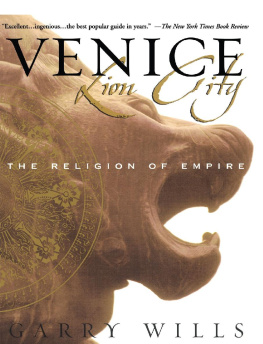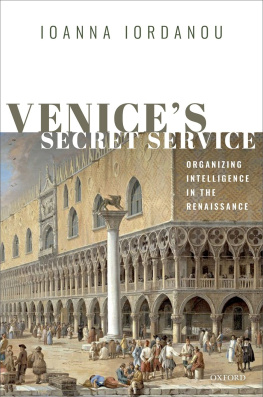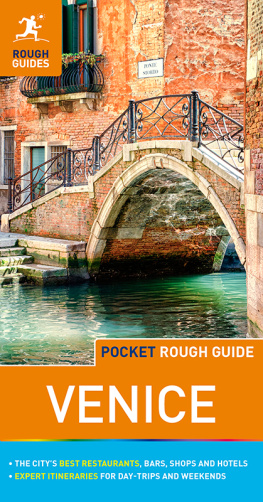CONTENTS
About the Book
Venetia, as far as the Adige River, including the city of Venice, Istria and Dalmatia, were ceded by Napoleon to Austria in 1797 and confirmed as Austrian possessions at the Congress of Vienna in 1815.
The siege of Venice in 1848 is one of historys most thrilling and tragic episodes. After half a century of Habsburg imperial rule, the Venetians drove out the occupying army and established their own republic. Led by the Jewish lawyer Daniele Manin, a man of immense courage and personal integrity, they embraced the lofty values of the Risorgimento, Italys struggle for national unity, freedom and justice. When the Austrians returned with a massive army, intent on recapturing Venice, Manin rejected their surrender demands. The city braced itself for a siege lasting more than a year, ending only when bombardment, cholera and starvation made further resistance impossible.
This epic story, in Jonathan Keatess gripping and meticulously-researched account, embraces the wider world of the revolutionary Italy of Garibaldi, Mazzini and Pope Pius IX, its battles, its dreams and its wild zigzags between hope and despair. Besides Manin and his fellow freedom-fighters, the exotic cast includes warrior priests, militant actresses, death-or-glory poets, a Mata Hari-type siren spy and a rebel princess. At the centre of the whole crowded canvas, however, stand the truest heroes of all the people of Venice. Their grit, humour and endurance, under a hail of bombs and a tide of blood sweeping across their once peaceful lagoon, make The Siege of Venice a profoundly touching and unforgettable book.
About the Author
Jonathan Keates is a prizewinning biographer and novelist, well known as a reviewer and as a writer on Italian culture and history. He teaches at the City of London School and is a Fellow of the Royal Society of Literature.
Also by Jonathan Keates
Fiction
Allegro Postillions
The Strangers Gallery
Soon to be a Major Motion Picture
Smile Please
Non-Fiction
Handel: The Man and His Music
Stendhal: A Biography
Purcell: A Biography
Tuscany
Umbria
Italian Journeys
LIST OF ILLUSTRATIONS
Plate section I
Emperor Ferdinand I of Austria
Baroness Anna Marisch Bandiera (Bologna, Museo del Risorgimento)
Emilio Bandiera (Genoa, Museo del Risorgimento)
Attilio Bandiera (Genoa, Museo del Risorgimento)
Domenic Moro (Genoa, Museo del Risorgimento)
Daniele Manin
Niccol Tommaseo
Manins triumphal entry into Piazza San Marco, from a painting by Alvise Nani 1876 (Venice, Fondazione Querini Stampalia)
Manin and Giorgio saying farewell
Giulia Targione Tozzetti, The Wounded Volunteer, 1848 (Turin, Biblioteca Civica)
Alessandro Gavazzi
Ugo Bassi, drawing by Angelo Lamma (Bologna, Museo del Risorgimento)
Bassi and Gavazzi preaching in Piazza San Marco
Laval Nugent
Karl Culoz
Constant DAspre
Ludwig von Welden
King Charles Albert of Piedmont
Fieldmarshal Radetzky
Plate section II
Princess Cristina Belgiojoso, from a painting by Henri Lehmann
Daniele Manin in the uniform of Venices Civic Guard
The battle of Curtatone
The battle of Vicenza
Order issued to the defenders of Treviso
The attack on Mestre (Rovigo, private collection)
Giuseppe Sirtori (Venice, Museo Correr)
Girolamo Ulloa
Julius von Haynau
Proclamation issued by Haynau in Verona
Prince Felix Schwarzenberg
The Austrian high command at Mestre, from a painting by Franz Adam
Rocket attacks on the railway viaduct
Austrian bomb balloon
Venetians fleeing from Cannaregio
Manin and his family go into exile
Emilia Manin (Venice, Museo Correr)
Daniele Manin on his deathbed
LIST OF MAPS
Italy in 1848
Venetia, 1848
Northern part of the Lagoon, with principal forts and batteries
Venice, 1848
To Venice, for all she has given me
PROLOGUE
WHO DIES FOR THE MOTHERLAND?
IN THE SESTIERE of Castello, easternmost of Venices seven districts, along the Riva degli Schiavoni, past the grand hotels, Danieli, Savoia Iolanda, Londra Palace, the immense equestrian statue of King Victor Emmanuel II, the vaporetto stop and the ferry station for the Lido, past the sellers of necklaces, caricatures, clockwork toys, souvenir hats, plastic gondolas and bad paintings, the ice-cream parlours with their vats of sludgy granita and flavour selections Mirtillo, Amaretto, Stracciatella, Pistacchio, Limone, Yogurt, Menta beyond the church of the Pieta, its ceiling frescoed by Tiepolo and its classical faade completed as late as 1906, a little lane named, like several others of its kind, Calle del Dose, leads you up into the Campo San Giovanni in Bragora.
Nobody knows what a bragora is or was. Perhaps the name derives from the dialect word bragola, meaning a market square, or the term bragolare, used to refer to the fishing business. The Gothic church of San Giovanni itself is among Venices oldest, with three aisles and a wood-beamed ceiling. Cima da Conegliano painted the lyrical Baptism Of Christ above the high altar, and in the font the composer Antonio Vivaldi was baptised being supposed close to death in 1678.
Outside in the mournful campo, apart from an ironmongers shop and a big palazzo divided into holiday rental flats, there are a few unpromising trees, a vera da pozzo or decorated well-head, often spray-painted with graffiti, and a rusting bench on which housewives en route to the shops in Salizzada San Antonin pause to let their children kick a football about over the pale flagstones. Even the robust, confident voices of these little Venetians cannot purge the place of its sadness, the legacy, as it might seem, of a story connected with the small grey house standing at its north-west corner. For, as a marble plaque between the shuttered, iron-balconied windows tells us, this was once the home of Attilio and Emilio Bandiera, among the bravest, most famous and most foolish martyrs in the cause of Italian political liberty.
Nine years divided the brothers from one another in age. They were the sons of Baron Francesco Bandiera, a vice-admiral in the Austrian imperial navy, commanding the Levant squadron in the war conducted on behalf of the Turkish sultan in 1840 against the rebel Pasha of Egypt Mehmet Ali. Admiral Bandiera was a schwarzgelber, the name given in Austria to subjects unquestioningly faithful to the imperial black-and-yellow (schwarz/gelb) flag. Having grown grey under the discipline of arms, Attilio once described his father, he respects nothing but an oath of loyalty sworn once and once only. He strives to make himself useful to his motherland by fulfilling all the duties appropriate to his profession. Bandieras sons, despite following him into the navy, learned early enough to question these ideals.
Next page
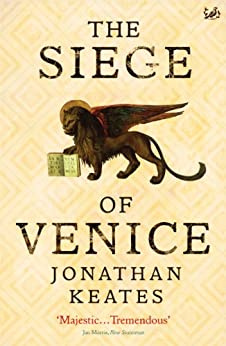
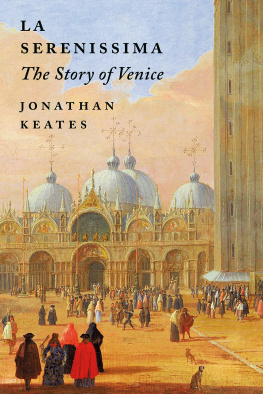
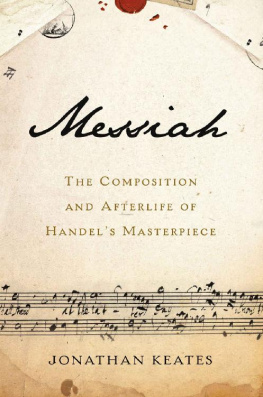
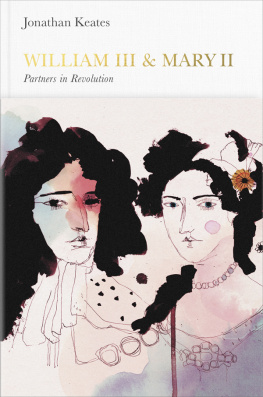


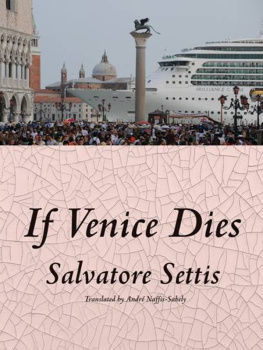
![Bosworth - Italian Venice: a history[Electronic book]](/uploads/posts/book/194557/thumbs/bosworth-italian-venice-a-history-electronic.jpg)
